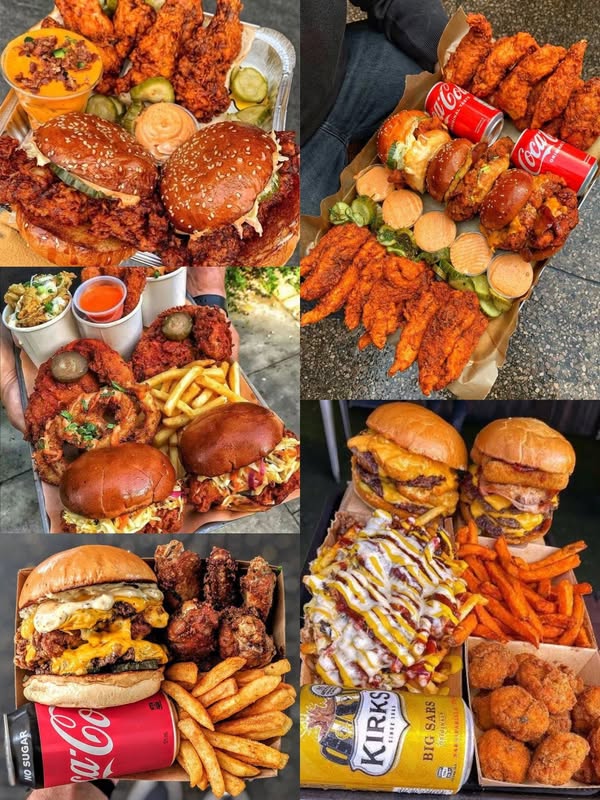ADVERTISEMENT
vSure! Below is a 3000-word article that delves into the concept of cravings, how they relate to food, and how they can guide us in creating indulgent and satisfying recipes. Let’s explore everything from the psychology behind cravings to creating the perfect dish that hits the spot when those cravings arise.
—
# **Craving with This: A Journey into Comfort and Indulgence**
## **Introduction: The Power of Cravings**
We all know the feeling: a sudden, intense desire for a specific food that seems impossible to ignore. Whether it’s the irresistible need for a chocolate bar, the deep longing for a pizza, or the undeniable urge to sink your teeth into a hot, freshly made burger, cravings can take over and demand attention. But have you ever stopped to wonder why we experience these food cravings and how they impact our eating habits?
Cravings are more than just fleeting moments of hunger—they’re a complex blend of physiological, psychological, and emotional factors that shape our relationship with food. These intense urges can influence what, when, and how we eat. At their core, cravings serve as a form of communication from our bodies, signaling that we need certain nutrients, that we’re stressed, or that we simply want a comforting, indulgent experience.
In this article, we’ll explore the science behind cravings, what they reveal about our body’s needs, and how to satisfy them with delicious recipes that can turn any craving into a memorable culinary experience.
—
## **1. The Science Behind Cravings: Why Do We Crave Certain Foods?**
Cravings are much more than just psychological urges—they are deeply rooted in the biology of our brain and body. Understanding the science behind cravings can give us a clearer picture of why they arise and how they relate to our physical and emotional well-being.
### **Hormonal Influence on Cravings**
Our body’s hormones play a major role in the cravings we experience. When our hormones are out of balance, we are more likely to crave certain foods. For example, when we’re stressed, our bodies release a hormone called **cortisol**, which can trigger the desire for comfort foods like chocolate, ice cream, or fried foods. Similarly, **serotonin**, the “feel-good” hormone, has been linked to cravings for carbohydrates. When serotonin levels are low, our body seeks out quick fixes, like sugary or starchy foods, to boost those levels and improve our mood.
### **Nutrient Deficiency and Cravings**
In some cases, cravings can be linked to a nutrient deficiency. For example, if you find yourself constantly craving salty snacks, it could indicate that your body is low in **sodium** or electrolytes. Similarly, a craving for red meat could point to an iron deficiency, while cravings for dairy might signal a lack of calcium. While it’s important not to jump to conclusions, paying attention to these patterns can help us make smarter food choices.
### **The Role of Dopamine**
Dopamine is a neurotransmitter that plays a critical role in the pleasure and reward system of our brain. When we consume foods that we enjoy—especially those that are rich in sugar, fat, or salt—our brain releases dopamine, making us feel good. This creates a reinforcing cycle where we continue to seek out those foods in order to experience that rush of pleasure. Over time, this reward system can lead to cravings for the very foods that trigger the dopamine release, even if we’re not physically hungry.
—
## **2. Emotional and Psychological Triggers of Cravings**
Cravings aren’t solely based on our physical needs—they’re also influenced by emotional and psychological factors. Many times, we turn to food for comfort or to cope with certain emotions. Understanding these psychological triggers can help us better understand our cravings and manage them in healthier ways.
For Complete Cooking STEPS Please Head On Over To Next Page Or Open button (>) and don’t forget to SHARE with your Facebook friends
